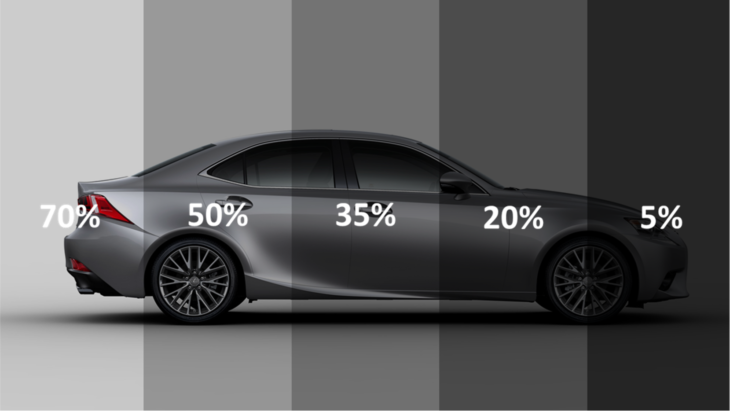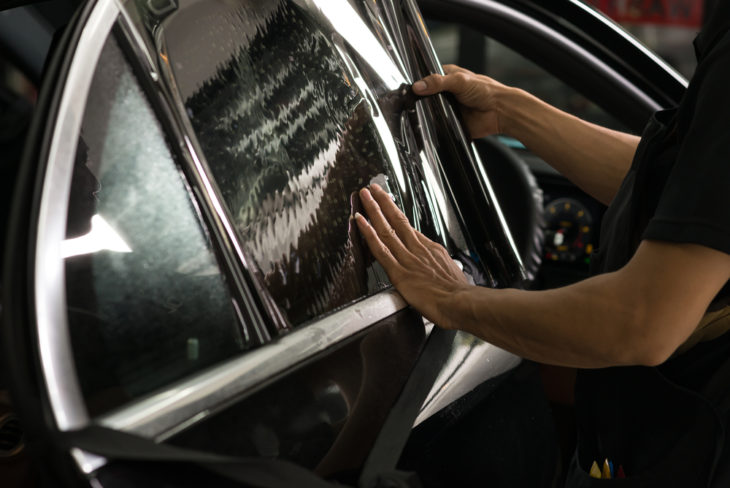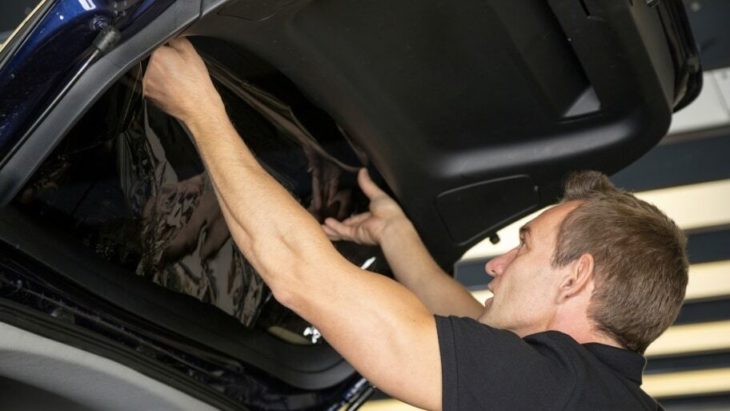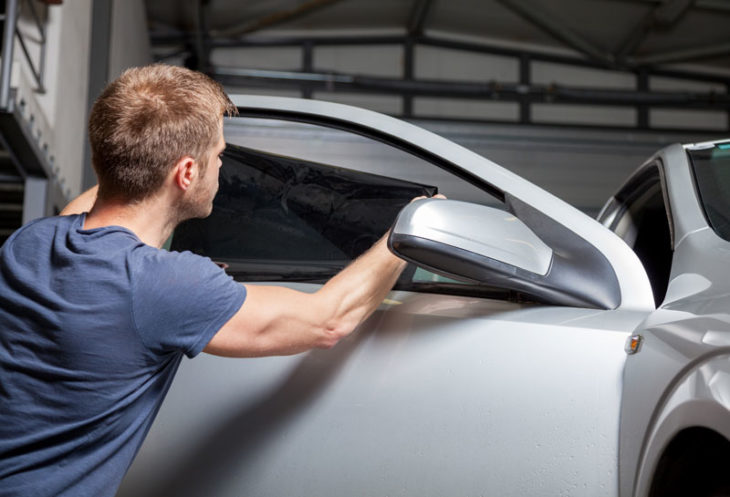Contemporary ways to customize cars and structures are slowly emerging today, with various technologies and innovations combining both style and convenience. As early as the 1960s, window films were once introduced to the market as a means of controlling solar heat in cars. As the invention progressed, there were new applications of window films into residential and commercial buildings for better protection against break-ins, among other features
Window films once started as transparent sheets, but the need for privacy and stronger security prompted a new line of tinted window films available in different colors. Because of this, more people became interested in tinting their own windows. Various services around the globe offer window tinting services, such as https://www.rmwindowtint.com/. But how does window tinting actually work? How do window tinting services transform these thin sheets to block heat and harmful UV rays?
Contents
Step 1: Picking The Perfect Film Tint

Source: tint.team
Choosing the window tint for your car is solely based on personal preferences, yet there are many features and indicators you can take into account to find the perfect one for you. Today, there are multiple factors to consider for choosing:
- Follow government rules. Depending on where you’re located, there are different car window tint guidelines to follow. Even though cars are private properties, tinting it with excessively dark tints are prohibited by most states. This rule helps traffic enforcers monitor vehicle occupants inside, whether they’re following other traffic and driving rules as well, such as using seatbelts and not texting while driving.
- With many tint types available in the market, you might get overwhelmed by each one of them. Picking the right window tint can be based on these characteristics:
- Visible Light Transmission (VLT) – The amount of visible light that can pass through the film. Darker tints allow less visible light inside the vehicle.
- Total Solar Energy Rejection (TSER) – Used in identifying the amount of heat a window tint can reject. It represents how much-infrared radiation, visible light, and UV rays are rejected.
- Ultraviolet (UV) Rejection – Refers to the percentage the window tint can deflect UV rays.

Step 2: Cleaning The Outside Windows
Window films must be prepared before attaching them to the windows. Windows should be dusted off and rid of unwanted particles so that the film will be properly attached. The installation has to be done from the inside, but you should also scrub the outside to clearly see if there are bubbles and dirt that are still on the windows once the film is being installed.
Step 3: Cutting And Shaping The Window Film
Right after cleaning the windows, the film is now ready to be installed, which can be administered either by hand or automatic cutting machines. Mostly, cutting and shaping the film by hand is offered for older car models and customized preferences. Automatic cutting machines are for more precise and detailed in cutting.
Step 4: Shrinking The Film To Remove Unwanted Curved Sections

Source: Angie’s List
Looking at the previous steps of window tinting, you might get the impression that it’s pretty basic and can be done manually by anyone. However, as glass surfaces are generally not flat but curved, you might encounter difficulties in flattening the film onto the window. Dedicated tinting workers can solve the complication of this step.
For this step to be successful, the shaped film will be attached to the clean wet window. As the shape of the film fits the window, bubbles will normally appear. To flatten the bubbles and curved sections, the film has to be warmed by a heat gun.
Step 5: Cleaning The Inside Windows And Layering The Film
After dealing with the outside windows, the insides should be thoroughly clean and wet for better ease of installing the film. As window tints are generally installed onto the inside windows, this is the most crucial step.
Both the inside windows and the film should be wet. This will improve the attachment of the film onto the glass of the window, and the water will evaporate eventually. The presence of water also helps in positioning the shape of the film perfectly onto the window by simply sliding and adjusting it to the desired position.
The Aftermath

Source: Shutterstock
After this series of steps, your windows are now officially tinted. This clear polyester film layered with dyes and metals protects you while driving. Enhancing your windows with tinted films blocks out harmful UV rays, infrared radiation, and heat from entering your car, giving you more reasons to tint your windows.
